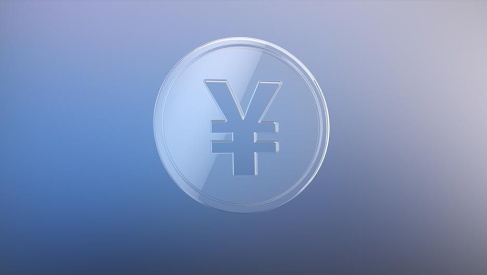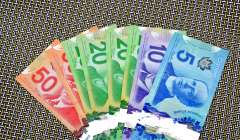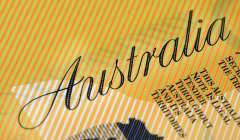Exchange Rate Forecasts 2017 from ING: US Dollar Higher, Euro and Pound Lower, Australian Dollar Sideways

ING Bank’s latest set of foreign exchange forecasts for 2017 highlight the continued rise in the US Dollar against almost all its major counterparts.
The EUR/USD pair is likely to hit parity in the first half of 2017, say’s ING’s Strategist Viraj Patel, in an accompanying statement to the latest set of forecasts.
Patel sees the primary driver for the strong Dollar as coming from the Trump reflationary-stimulus rally and Fed interest rate hike.
Around mid-year, however, Patel see’s the pair bottoming as the ECB decides to taper their QE programme, finally ending the year at 1.10.
GBP/USD will weaken and fall back down to 1.15 because of fresh bad news on article 50 and a deadlock in negotiations between the UK and the EU.
Further weakness is expected from rising US Treasury yields as a result of Trump delivering his stimulus ‘wish-list’.
There will also be a lack of GBP positive flows from Eurozone to offset weakness as the UK will not be seen as a safe enough ‘haven’ for European flows in the event of a political crisis on the continent.
AUD/USD is likely to have ups and downs.
The short-term outlook is negative, with a slump to 0.71 in Q1 2017.
However, after that, it is expected to recover during the second half of 2017 because of a boost from higher commodity prices as China starts stockpiling cheap commodities before Trump imposes tariffs on Chinese imports.
Infrastructure splurge could also support commodities and AUD.
Higher dollar yields could attract capital which would have gone to AUD when its interest rates were relatively high within the G10, supporting USD.
Dollar repatriation flows could also help USD.
USD/JPY is described as a “purer play” for trading the “bullish USD story” as Dollar can rise unimpeded by Yen strength which is likely to be a ’sleeping partner’.
Japanese deflation expected to extend and yields to remain at 0.0% all year.
The Dollar could kick higher to 1.18/1.20 on news of a one-off lower tax on repatriated corporate earnings from overseas.
NZD/USD may lose out slowly as global interest rates and US rates ‘catch up’ with NZ, thus undermining carry king status of NZD.
ING see it falling to 0.68 by Q1 2017.
Soft NZ commodities are unlikely to partake of the commodity ‘party’ from boosts in infrastructure spending and stockpiling at cheap prices by China due to fears of US tariff premium.
USD/CAD could be buffeted up and down by USD strength from higher yields, protectionism and repatriations, but this could be offset by their own strength from global infrastructure drive and therefore higher commodity prices.
The CAD will very much be subject to what happens in renegotiations of the NAFTA trade deal.














 GBP
GBP EUR
EUR USD
USD AUD
AUD NZD
NZD ZAR
ZAR CAD
CAD CHF
CHF JPY
JPY
























